(37 products available)











































































































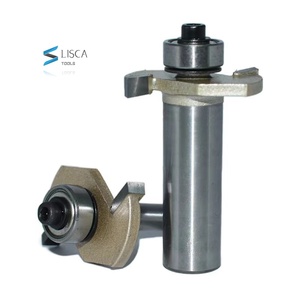
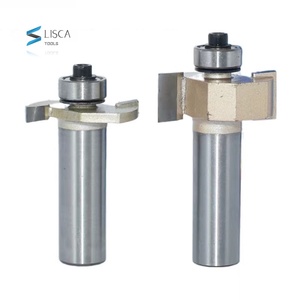
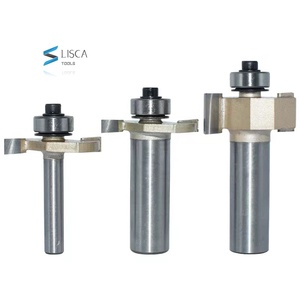
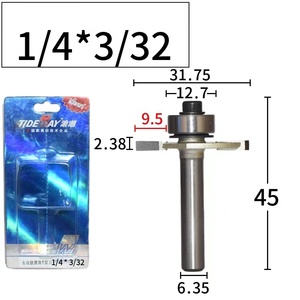
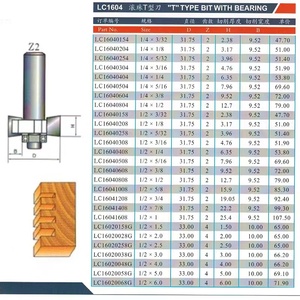
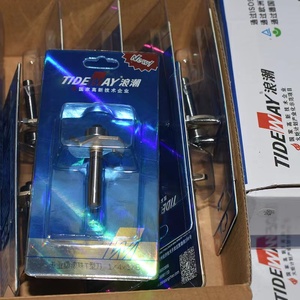








































4.8mm MDF board is a medium-density fiberboard (MDF) that is 4.8mm thick. MDF is an engineered wood product made by breaking down wood into fine fibers mixed with adhesive under heat and pressure to form dense boards. MDF boards are widely used in furniture making, cabinetry, interior design, and construction due to their versatility. 4.8mm MDF boards are particularly popular because they are neither too thick nor too thin, making them ideal for a wide range of applications.
4.8mm MDF boards are used in many industries, including furniture manufacturing, construction, automotive, and electronics. They are used to create smooth, flat surfaces in furniture, doors, and cabinets and are also used as a substrate for laminates and veneers. In the construction industry, MDF boards are used as partition walls, ceiling tiles, and floor underlayment. In the automotive industry, they are used to create door panels, dashboard components, and speaker enclosures. In the electronics industry, MDF boards are used to make computer cases, printer enclosures, and monitor stands.
4.8mm MDF boards have many advantages, including their smooth surface, uniform density, and ease of machining. The boards have a smooth surface that is ideal for painting, veneering, or laminating. They also have a uniform density, which means that they can be cut, routed, and drilled without producing splinters or rough edges. Additionally, MDF boards are easy to machine and can be shaped into complex designs using CNC machines or hand tools.
However, 4.8mm MDF boards have some disadvantages. They are susceptible to moisture and may swell or warp when exposed to water. MDF boards are also heavy and may not be suitable for applications that require lightweight materials. Additionally, they may emit formaldehyde, which is a harmful substance, and may pose health risks when inhaled.
4.8mm MDF board has several features that make it a popular choice among builders and manufacturers. These features include:
Cost-effective
Medium Density Fiberboard (MDF) is one of the most affordable sheet materials in the market. Its affordability makes it a popular choice among manufacturers who are looking to save costs. Despite being cost-effective, MDF boards offer great value for money. They are easy to work with and provide a smooth finish.
Excellent smooth surface
MDF boards have a smooth and flat surface. This surface is achieved during the manufacturing process where the wood fibers are compressed into a fine powder. The smooth surface of MDF makes it an ideal choice for applications where aesthetics are important. For instance, with printed graphics and painted surfaces.
High versatility
MDF boards are very versatile. They can be used for different applications in different industries. For instance, due to their smooth surface, they can be used to make high-quality furniture, cabinets, and doors. They can also be used as drawer boxes or internal structures in furniture.
Machinability
MDF is a highly machinable material. It can be easily cut, shaped, and routed using standard woodworking tools. The boards produce consistent results without chipping or splintering. This makes MDF a popular choice among manufacturers and woodworkers.
Uniform density
MDF boards have uniform density. This ensures that the boards have consistent strength and stability throughout the entire surface. This uniformity is important when making applications that require precision, such as intricate laser cutting or CNC machining.
Eco-friendly
MDF boards are made with wood waste materials. These materials include wood shavings, chips, and fibers that are collected after the manufacturing process of solid wood products. Using these by-products to make 4.8mm MDF boards helps to reduce environmental waste. It also makes the boards more accessible.
Ease of finishing
Thanks to its smooth surface, MDF boards are easy to finish. It takes paint and veneer coverings well. This makes it a popular choice among manufacturers who want to achieve different aesthetic applications.
Dimensional stability
MDF boards are less prone to warping or swelling due to changes in temperature and humidity. This makes MDF a popular choice for applications that need long-term stability.
4.8mm MDF board is quite versatile and can be used in various applications. Here are some common usage scenarios:
DIY crafts and projects
Due to its ease of use and cost-effectiveness, 4.8mm MDF boards are popular among DIY enthusiasts. They can be used to make small items like picture frames, wall art, organizers, or decorative letters. Additionally, MDF boards can be used to create models or prototypes during the design process.
Cabinet making
MDF boards are widely used in crafting cabinets because of their smooth surface, which allows for easy painting. The 4.8mm boards can be used to create cabinet boxes, doors, and drawers, offering a cost-effective solution for custom and ready-made cabinets.
Wardrobes and Closet
These boards are also suitable for making the frame and internal components of wardrobes and closets. Using them to construct wardrobes and closets provides a smooth surface for painting to match the desired aesthetics.
Furniture construction
MDF is frequently used in the production of low-cost furniture such as bookshelves, coffee tables, and TV stands. The 4.8mm boards can be used to make the back panel of light-duty furniture. Additionally, MDF furniture is available in various designs, and the smooth surface of the board makes it easy to laminate or veneer.
Wall panels and wainscoting
These boards can be used to make decorative wall panels and wainscoting. They offer an economical solution for enhancing interior design. Their smooth surface allows for intricate patterns and designs, and they are easy to install.
Doors and door frames
MDF is used to make internal doors and frames. The boards provide a cost-efficient solution for making doors since they can be textured to replicate the look of wood. Additionally, these boards can be engineered to make soundproof or fire-resistant doors.
Decorative moldings and trim
The 4.8mm MDF boards can be used to make moldings, baseboards, chair rails, and crown moldings. These boards are suitable for making trim due to their cost-effectiveness and ease of installation. They can also replicate the look of traditional wood trim.
When choosing the right MDF board, it is important to consider the project requirements. Here are some factors to consider:
Thickness
The thickness of the MDF board plays an important role in the stability and strength of the final project. A thicker board, like the 4.8mm MDF board, will provide a solid base and create a sturdy end product. Thicker boards are also better for projects that require more detail, like engravings or carvings. On the other hand, thinner boards are more suitable for lightweight projects.
Woodworking project
Consider the requirements of the woodworking project. If the project needs high strength and load capacity, choose thicker MDF boards with more thicknesses. If the project requires intricate details and fine finishes, consider using a 4.8mm MDF board. These boards offer a smooth surface and are easy to work with.
Cost
While thicker MDF boards may be more expensive than thinner ones, it is important to consider the long-term value. The use of thicker boards that are more affordable in the long run will produce durable and quality structures that will require less maintenance.
Sustainability
Most manufacturers use recycled wood to produce MDF boards. This makes MDF boards a sustainable choice when making furniture. Consider choosing an MDF board that uses sustainable practices during manufacturing. This can be from the harvesting of raw materials to the production process.
Moisture resistance
Some MDF boards are resistant to moisture and are specially designed for that purpose. Consider using these boards in areas that are exposed to moisture frequently, like kitchens and bathrooms. Moisture-resistant MDF boards have a green tint and are easy to identify.
Fire Rating
Some MDF boards have a fire rating, which means they are more resistant to fire. Consider using these boards in areas that require fire safety, like commercial buildings and residential homes. Fire-rated MDF boards are more useful in areas that need to comply with building codes and regulations.
Q: What does MDF stand for?
A: MDF stands for medium density fiberboard. It is an engineered wood product made from wood fibers, wax, and resin. The materials are mixed to form a panel that is then compressed at high temperatures to produce MDF boards of varying densities.
Q: What is the difference between MDF and particle board?
A: The primary difference between MDF and particle board is the size of the wood particles used in making them. Particle board is made from larger wood particles, while MDF is made from fine wood dust or fibers. As a result, MDF boards have a smoother surface than particle board, making them easier to work with.
Q: Is MDF better than plywood?
A: MDF has no voids or knots, making it more stable than plywood. However, plywood is more durable than MDF and better suited for load-bearing applications. MDF is preferred when a smooth, even surface is required, such as in painted cabinet doors or drawer fronts.
Q: What are the disadvantages of MDF?
A: The primary disadvantage of MDF is its susceptibility to moisture and water. Unlike plywood, which can repel water, MDF tends to swell or warp when exposed to water. This makes it less suitable for areas with high humidity levels, such as bathrooms and kitchens. Additionally, MDF is not as strong as other engineered wood products and can be prone to scratching and denting.